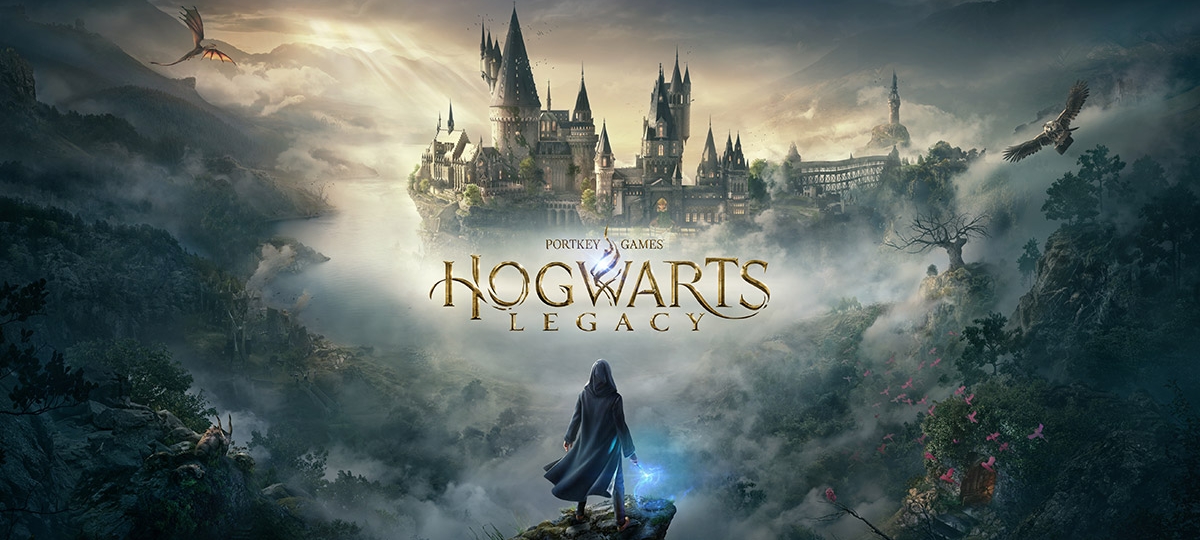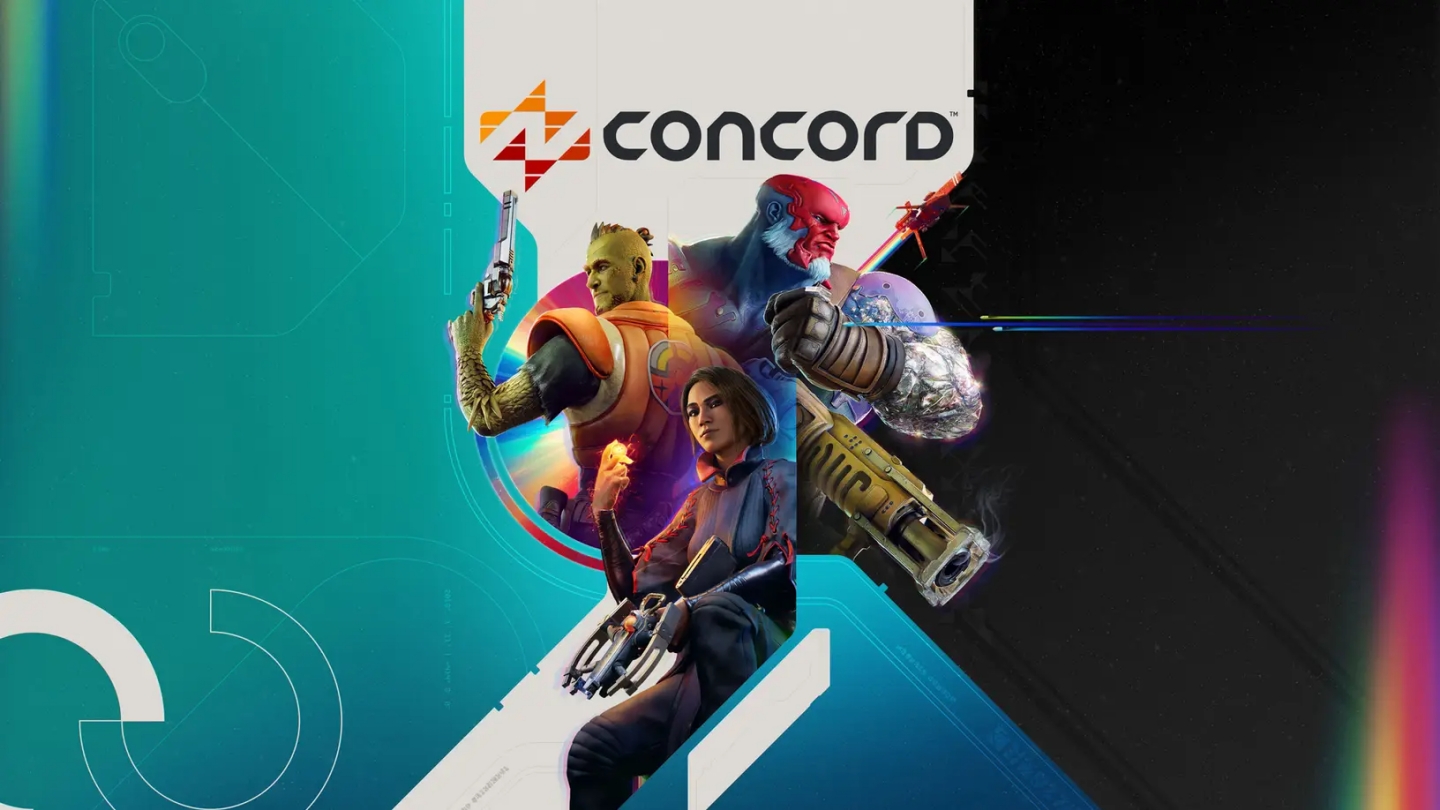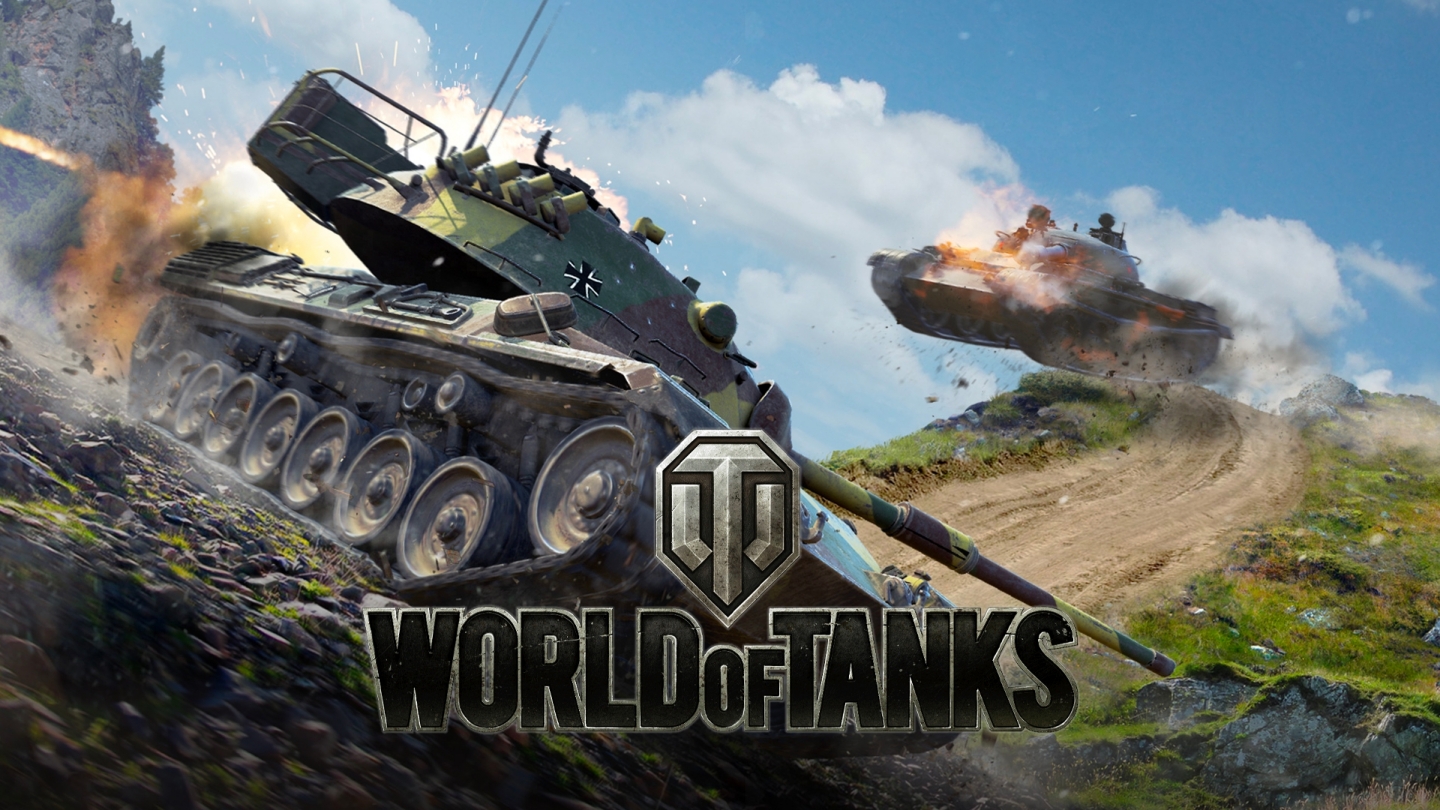XPBD simulation based on famous Matthias Müller papers: PBD, XPBD, Small Steps in Physics Simulation, etc. The goal of this project is to have a wide range of physics entities (cloth, bodies, fluids, etc.) interacting with each other.
Currently features basic soft-bodies and cloth. Working on rigidbodies and fluids (based on Position Based Fluids a method leveraging SPH fluid simulation I have implemented in the past) and better collisions.
Visualization is done with basic shapes in a renderer written in Vulkan. Eventually physics calculations will be transfered to compute.



